In the ever-evolving world of e-commerce, businesses are seeking innovative ways to stay competitive and provide exceptional customer experiences. Composable commerce, the future of e-commerce architecture, offers the flexibility and agility needed to thrive in this dynamic landscape. In this blog, we explore the concept, benefits, and future predictions of this game-changing approach.
‘In 2023, 80% of organizations replacing traditional e-commerce platforms with composable commerce will achieve a 50% increase in business agility’ – Gartner
Understanding Composable Commerce
Composable commerce offers a transformative approach to e-commerce, empowering businesses to build adaptive and customer-centric digital experiences while maximizing operational efficiency.
By integrating modular components, businesses can construct and customize their e-commerce ecosystem with unparalleled flexibility. Unlike conventional platforms, this approach empowers organizations to assemble various capabilities, including shopping carts, payment gateways, and content management systems. The modular nature of composable commerce not only allows for tailored experiences but also optimizes efficiency.
With composable commerce, businesses can unlock a new level of adaptability and customer-centricity in their digital ventures, empowering them to thrive in the ever-evolving landscape of e-commerce.
The Benefits of Composable Commerce
- Scalability and Agility
Composable commerce enables businesses to scale their e-commerce operations easily and quickly. With modular components, organizations can add or remove specific functionalities for changing needs, allowing for seamless growth and adaptation in the dynamic digital landscape. - Customization and Personalization
The modular approach of composable commerce allows businesses to create highly personalized and customized experiences for their customers. By integrating specific components that align with their unique requirements, organizations can tailor the e-commerce journey, enhancing customer satisfaction and driving conversion rates. - Best-of-Breed Integration
Composable commerce enables the integration of best-of-breed components from various vendors and providers. Businesses can choose the most suitable solutions for their specific needs, leveraging the expertise and innovation of different providers without being limited to a single vendor’s capabilities. - Rapid Innovation
By leveraging modular components, composable commerce empowers businesses to adopt new technologies and innovations rapidly. Organizations can stay ahead of the curve by easily incorporating emerging tools, services, and features into their e-commerce ecosystem, fostering continuous innovation and competitive advantage. - Increased Efficiency
Composable commerce allows businesses to optimize efficiency by streamlining operations and reducing complexity. The modular nature enables organizations to replace or upgrade specific components without disrupting the entire system, leading to faster implementation, improved performance, and reduced maintenance efforts. - Cost Optimization
Optimize costs by selecting and integrating only necessary components in a composable commerce system, reducing expenses and ensuring efficient resource allocation. - Vendor Independence
Gaining the freedom to choose solutions from multiple vendors and staying agile in technology choices.
Forrester predicts that by 2025, 40% of global enterprises will have implemented a composable approach in their e-commerce strategies.
Composable commerce is reshaping the e-commerce landscape, offering businesses unparalleled flexibility, scalability, and personalization. It’s innovative approach is poised to revolutionize the future of e-commerce.
The Universal Commerce Suite brings together the best-in-class MACH and API platform capabilities in the Commerce ecosystem to enable businesses to compose, build and operate high-performance cloud-native digital commerce applications that scale.
